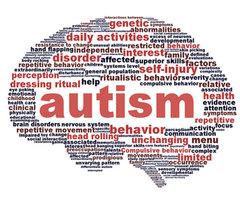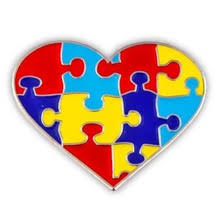5 Famous People with Autism

Note: This post is a day late. My apologies.
In my novel True Mercy, I wanted to give people a glimpse of the stresses and challenges involved in caring for a loved one with autism. It is a difficult undertaking, particularly when the individual is low to moderate functioning. The character Adam in True Mercy was somewhere between low and moderate. I portrayed him with many telltale signs like communication difficulties, behavior quirks, obsessive interests, and little or no social skills. But there are individuals who are at the highest functioning level they possess these traits, and yet are able to integrate into society, even thrive. The highest functioning people with autism are labeled as having Asperger’s Syndrome and they live and work among us. I would like to mention five individuals considered to have high-functioning autism or Asperger’s:
- Dan Aykroyd is a comedy actor, most famous for starring in films like The Blues Brothers and Ghostbusters. He was expelled from two schools for acting up before a doctor diagnosed him with mild Asperger’s Syndrome.
- Steve Jobs was the former CEO of Apple. Many now believe Jobs was on the autism spectrum because he had an obsession with perfection and he lacked empathy for other people, both symptoms of autism.
- Albert Einstein was a scientist and mathematician. He had difficulty socializing. As a child, he had speech delays and echolalia, which is repeating people’s words. He was known for his trait of being extremely technical. These characteristics have led many experts to speculate that Einstein was on the autism spectrum.
- Charles Darwin was a naturalist, geologist, and biologist. Psychiatrists believe he may have had autism because he was extremely quiet and avoided social interaction as a child. He preferred to communicate by writing instead of speaking. He was also fixated on certain chemistry topics.
- Emily Dickinson was a poet. Experts conclude she had many characteristics to demonstrate she was autistic, among them she was a loner, was socially awkward, and had a fixation with scented flowers.
I want to conclude by mentioning that anyone who displays any of these characteristics should not automatically be labeled on the autism spectrum. A neurologist is a doctor qualified to make this diagnosis. But experts who have studied the behaviors of these famous people no longer living have speculated they were very likely on the spectrum.
5 Famous People with Autism Read More »

